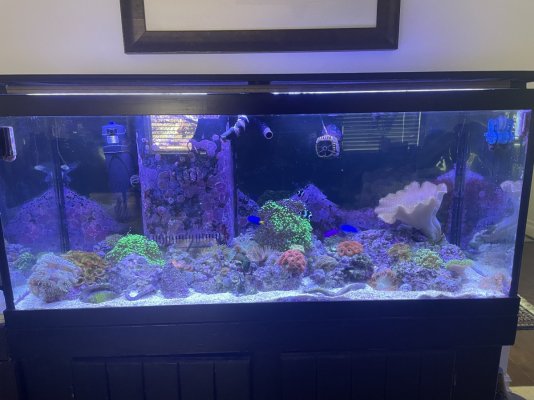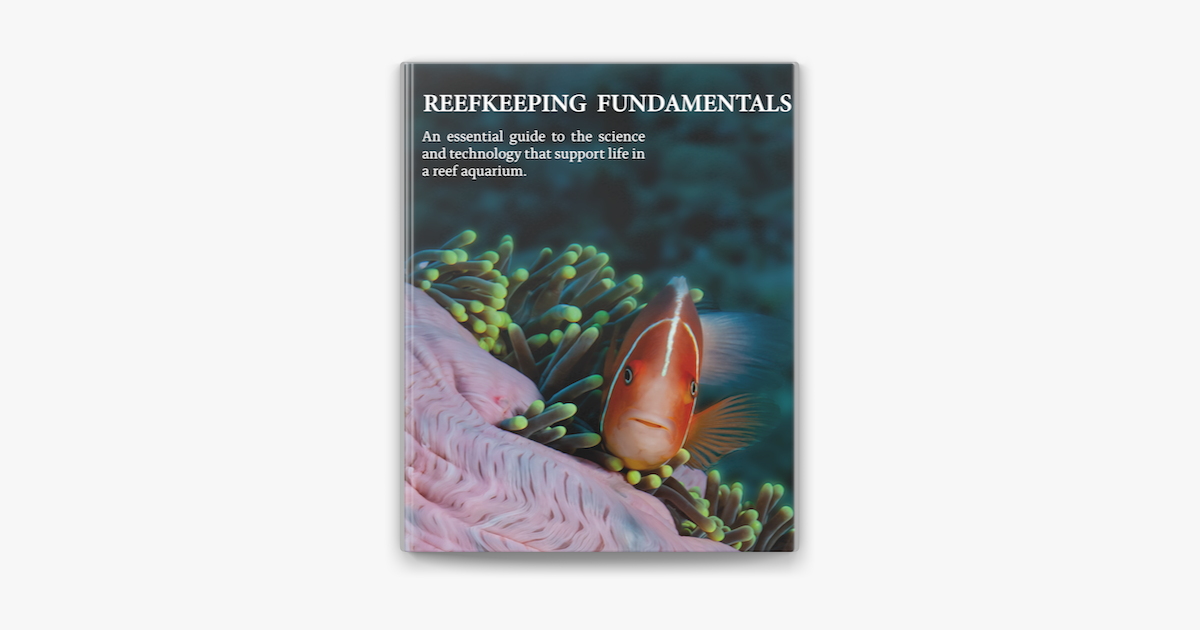- Joined
- Sep 17, 2019
- Messages
- 118
- Reaction score
- 101
After four years of battling GHA, I finally got the best advice from my Local Reef guy and got it under control in three months:
1) stop using chemicals. I tried Vibrant and it killed both my cheato and GSP and not GHA, which seemed to grow when I dosed it. I also used Flux Rx which did get rid of it but it grew back in less than a month.
2) Get rid of all red lights in display tank (it is good for growing Cheato in the refugium, however).
3) bump up Magnesium levels to 1400ppm. This keeps algae from growing back. GHA hates it but the corals love high Mag levels.
4) keep Nitrate and Phosphates low (which I already was doing). My Phosphates were <.1 ppm and Nitrates.5 ppm.
In addition to the above advice, I also did the following:
1) Keep water temperature between 77 and 78 F. My snails kept dying and finally I read that above this temperature level they die. So now I have a good supply of snails in my tank that eat the algae. I also have a Tuxedo Urchin.
2) I added a UV Sterilizer. This kills any minute traces of algae in addition to bad bacteria.
3) I added Cheato and a Cheato light in my Refugium. This helps keep my Nitrates and Phosphates low.
4) Empty the Skimmer cup and wash out the filters daily.
4) When I was battling the GHA, I picked off clumps of Algae every day and scrubbed the rocks with a toothbrush before weekly water changes. I also blew the rock off daily with my turkey baster. Then I used a fish net to get the algae I had picked off out of the water (this while the pumps were on). I don't have to do this anymore because I don't have any clumps of algae anymore.
Here is a picture of my tank-, not totally GHA free but well on its way. I still get other kinds of algae like that brown stuff on the sand but I just bury this to keep it under control.

1) stop using chemicals. I tried Vibrant and it killed both my cheato and GSP and not GHA, which seemed to grow when I dosed it. I also used Flux Rx which did get rid of it but it grew back in less than a month.
2) Get rid of all red lights in display tank (it is good for growing Cheato in the refugium, however).
3) bump up Magnesium levels to 1400ppm. This keeps algae from growing back. GHA hates it but the corals love high Mag levels.
4) keep Nitrate and Phosphates low (which I already was doing). My Phosphates were <.1 ppm and Nitrates.5 ppm.
In addition to the above advice, I also did the following:
1) Keep water temperature between 77 and 78 F. My snails kept dying and finally I read that above this temperature level they die. So now I have a good supply of snails in my tank that eat the algae. I also have a Tuxedo Urchin.
2) I added a UV Sterilizer. This kills any minute traces of algae in addition to bad bacteria.
3) I added Cheato and a Cheato light in my Refugium. This helps keep my Nitrates and Phosphates low.
4) Empty the Skimmer cup and wash out the filters daily.
4) When I was battling the GHA, I picked off clumps of Algae every day and scrubbed the rocks with a toothbrush before weekly water changes. I also blew the rock off daily with my turkey baster. Then I used a fish net to get the algae I had picked off out of the water (this while the pumps were on). I don't have to do this anymore because I don't have any clumps of algae anymore.
Here is a picture of my tank-, not totally GHA free but well on its way. I still get other kinds of algae like that brown stuff on the sand but I just bury this to keep it under control.




















